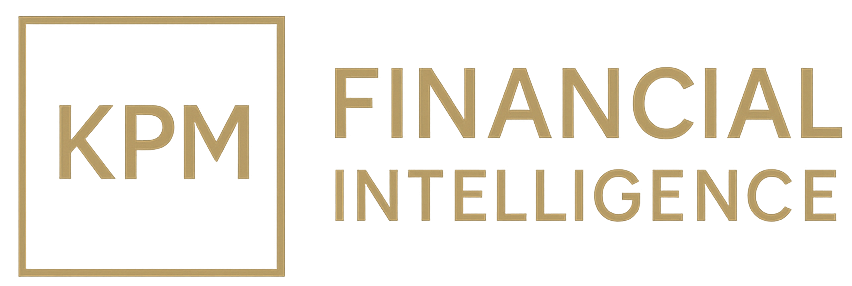XAGUSD at $53 Tests Africa’s Commodity Architecture
Silver (XAGUSD) surged past $53/oz, driving African premiums to $1.85 and exposing dependence on London pricing. With only 30% of output hedged and ZARUSD −3.6%, miners gained nominally but lost liquidity as volatility drained regional markets.

A sharp surge in global silver and gold prices has exposed the structural limits of Africa’s commodity value chain and its dependence on offshore clearing and pricing centers. As XAGUSD briefly touched $53 per ounce, its highest nominal level since 1980, liquidity stress in London’s over-the-counter market transmitted directly into African supply chains. Refiners in South Africa, Ghana, and Morocco reported physical premiums of $1.40–$1.85 over the London Bullion Market Association (LBMA) spot rate, indicating tight inventory conditions. Yet beneath the headline rally lies the persistent asymmetry of Africa’s metals trade: the continent supplies raw material but remains dependent on external markets for price discovery, settlement, and collateralization.
Africa produces an estimated 1,200 tonnes of silver annually, primarily as a byproduct of gold, copper, and zinc operations in South Africa (JSE:ANG, JSE:HAR), Zambia (LSE:GLEN), and the Democratic Republic of Congo (TSX:IVN). This accounts for roughly 4% of global output. Only about 30% of that production is hedged through forward or swap contracts, compared with more than 70% in Latin America. Most African miners sell through spot transactions priced against LBMA or COMEX settlements, exposing them to USD-based volatility. When the LBMA silver premium widened during the rally, freight, insurance, and working capital costs climbed sharply for African exporters, offsetting part of their nominal gain.
Currency movements added further distortion. Between August and October 2025, the ZARUSD fell 3.6%, KESUSD declined 2.8%, and GHSUSD weakened 4.1%, magnifying input costs for refiners reliant on imported reagents and logistics services denominated in dollars. The Rand Refinery operated at roughly 90% capacity during Q3 2025 amid intermittent power cuts and reduced dore inflows from regional suppliers. In Ghana, export clearances from Obuasi and Prestea were delayed up to three weeks as producers struggled to secure USD liquidity for shipping and insurance payments routed through London intermediaries.
Africa’s commodity exchanges remain structurally shallow. The Nairobi Securities Exchange Commodities Platform (NSE-CP), Ghana Commodity Exchange (GCX), and South African Bullion Market (SABM) serve primarily as aggregation and warehousing systems rather than active hedging venues. Absence of deep derivatives liquidity prevents miners from offsetting volatility. Even when forwards are available, margin requirements replicate Western clearing-house standards, often exceeding the balance-sheet capacity of small and mid-tier producers. This creates a procyclical exposure: rising prices inflate unrealized gains but drain cash through higher margin calls, while falling prices trigger forced sales of physical metal.
Industrial fundamentals intensified the squeeze. Global silver demand for solar panels, electronics, and batteries rose 16.8% y/y in 2025, led by photovoltaic expansion in Asia. Africa, though mineral-rich, captures minimal downstream benefit. Less than 5% of its silver output is refined domestically; the rest exits as concentrate or dore. The rally in XAUUSD to $2,705 per ounce and XAGUSD above $53 briefly lifted mining revenues but exposed chronic weaknesses in refining depth, logistics, and currency resilience.
Monetary implications remain under-examined. African central banks—principally the South African Reserve Bank (SARB), Bank of Tanzania (BoT), and Central Bank of Nigeria (CBN)—hold about $12 billion in gold reserves, with negligible silver exposure. Nearly all holdings are custodied in London or Zurich. When the LBMA storage fee rose by roughly $0.20 per ounce in 2025, the cost increase absorbed close to $15 million in aggregate annual expense for African reserve managers. The price rally yielded paper gains but real outflows in custodial and insurance charges.
The structural dependence is systemic. Africa’s physical supply chain remains outbound, while its financial infrastructure is externally anchored. Without regional benchmarks, price formation for African metals follows foreign liquidity cycles. The absence of an African metals index or centralized clearing mechanism leaves miners exposed to derivative activity and interest-rate moves occurring outside the continent.
Policy insulation is possible but underdeveloped. A regional clearing framework—potentially coordinated through Afreximbank or under the African Continental Free Trade Area (AfCFTA)—could allow local-currency collateralization and intra-African forward contracts. Internal modeling by KPM Financial Intelligence shows that such an arrangement could reduce export-hedging costs by roughly 25–30% and retain an estimated $600 million annually in liquidity currently absorbed by offshore custodians. Implementation would require harmonized margin governance, transparent disclosure of open interest, and regional custody standards for reserve bullion.
The recent rally is therefore less a moment of profit than a diagnostic of exposure. Africa’s miners, refiners, and monetary authorities remain dependent on external pricing architecture that rewards volatility rather than production. Without domestic benchmarks, synchronized exchanges, and collateral systems anchored within African jurisdiction, each global price surge will continue to transfer value outward. The silver squeeze did not merely test market resilience; it reaffirmed that Africa’s commodity wealth remains globally monetized but locally unpriced.





